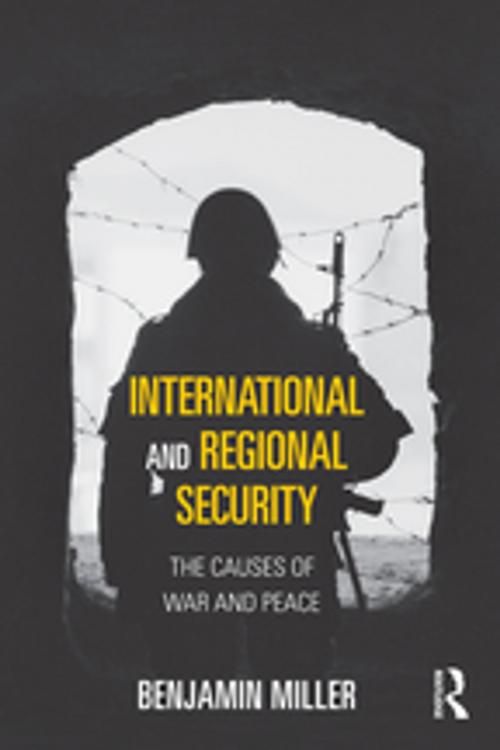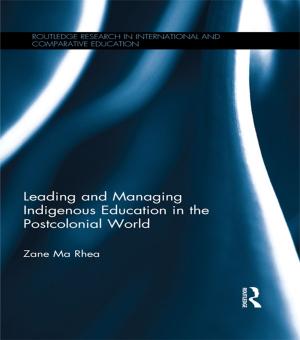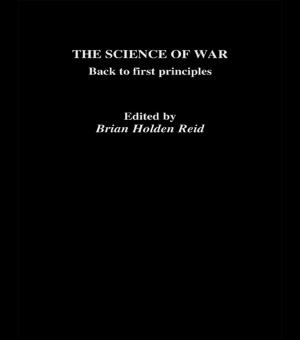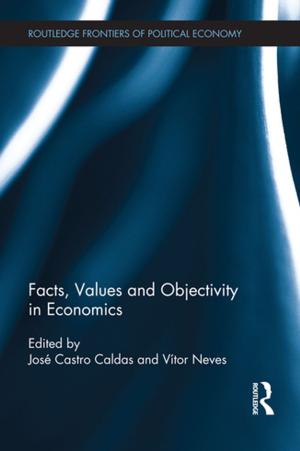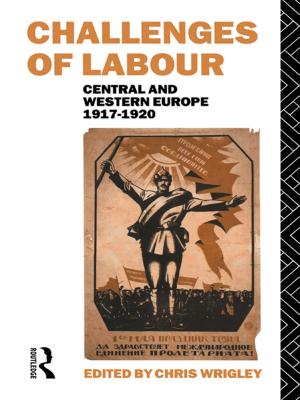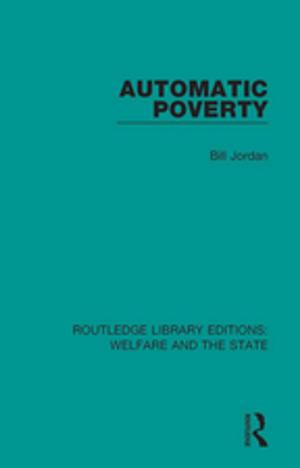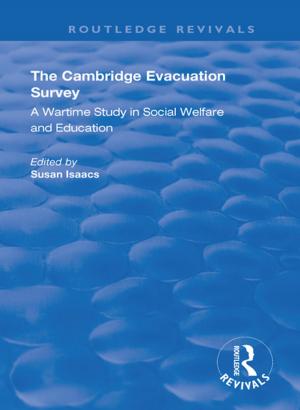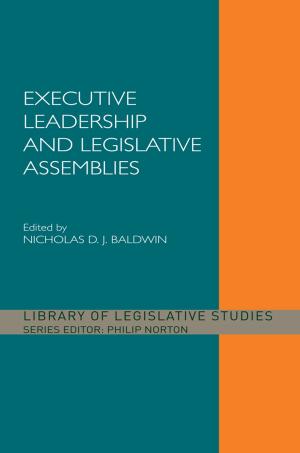International and Regional Security
The Causes of War and Peace
Nonfiction, Social & Cultural Studies, Political Science, International, International Security, International Relations| Author: | Benjamin Miller | ISBN: | 9781317285540 |
| Publisher: | Taylor and Francis | Publication: | November 10, 2016 |
| Imprint: | Routledge | Language: | English |
| Author: | Benjamin Miller |
| ISBN: | 9781317285540 |
| Publisher: | Taylor and Francis |
| Publication: | November 10, 2016 |
| Imprint: | Routledge |
| Language: | English |
This volume is a collection of the best essays of Professor Benjamin Miller on the subjects of international and regional security.
The book analyses the interrelationships between international politics and regional and national security, with a special focus on the sources of international conflict and collaboration and the causes of war and peace. More specifically, it explains the sources of intended and unintended great-power conflict and collaboration. The book also accounts for the sources of regional war and peace by developing the concept of the state-to-nation balance. Thus the volume is able to explain the variations in the outcomes of great power interventions and the differences in the level and type of war and peace in different eras and various parts of the world. For example, the book’s model can account for recent outcomes such as the effects of the 2003 American intervention in Iraq, the post-2011 Arab Spring and the conflicts between Russia and Ukraine. The book also provides a model for explaining the changes in American grand strategy with a special focus on accounting for the causes of the invasion of Iraq in 2003. Finally, the book addresses the debate on the future of war and peace in the 21st century.
This book will be essential reading for students of international security, regional security, Middle Eastern politics, foreign policy and IR.
This volume is a collection of the best essays of Professor Benjamin Miller on the subjects of international and regional security.
The book analyses the interrelationships between international politics and regional and national security, with a special focus on the sources of international conflict and collaboration and the causes of war and peace. More specifically, it explains the sources of intended and unintended great-power conflict and collaboration. The book also accounts for the sources of regional war and peace by developing the concept of the state-to-nation balance. Thus the volume is able to explain the variations in the outcomes of great power interventions and the differences in the level and type of war and peace in different eras and various parts of the world. For example, the book’s model can account for recent outcomes such as the effects of the 2003 American intervention in Iraq, the post-2011 Arab Spring and the conflicts between Russia and Ukraine. The book also provides a model for explaining the changes in American grand strategy with a special focus on accounting for the causes of the invasion of Iraq in 2003. Finally, the book addresses the debate on the future of war and peace in the 21st century.
This book will be essential reading for students of international security, regional security, Middle Eastern politics, foreign policy and IR.
